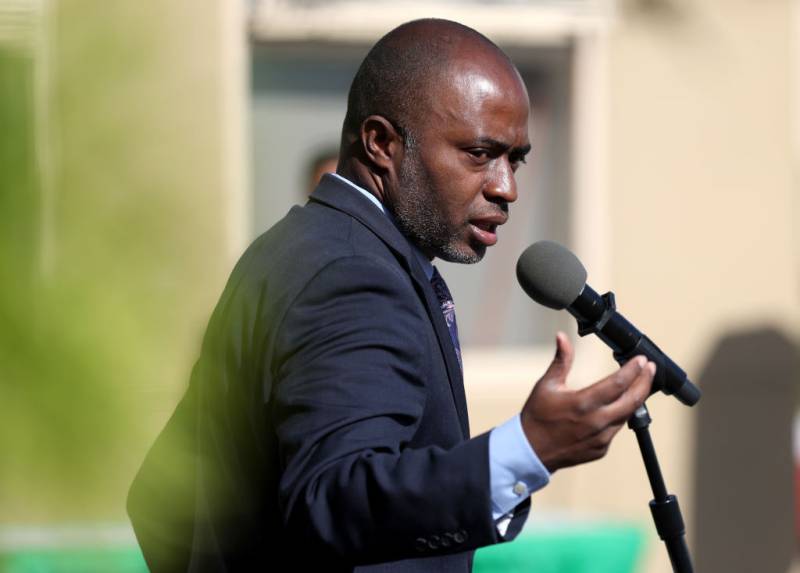Amid California’s mounting literacy crisis, State Superintendent of Public Instruction Tony Thurmond named two statewide literacy directors, Nancy Brynelson and Bonnie Garcia, Thursday as part of a push to get more California third graders reading by 2026.
“We know that when students learn to read, they can learn to read anything,” said Thurmond during a press conference, “but yet, this milestone has evaded so many in our country for so long, and California is focused on how we’re going to get there.”
Brynelson, one of the primary writers of the English Language Arts framework, and Garcia, a dyslexia specialist with a background in structured literacy, will be the new co-directors for statewide literacy at the California Department of Education, helping guide school districts on the best practices of evidenced-based methods grounded in the science of reading (PDF), officials say, but not bound by it.

“We are not interested in policing pedagogy or orthodoxy,” said Deputy Superintendent of Public Instruction Steve Zimmer, a former teacher. “We are interested in accelerating and expanding what has been proven to work on the ground. There’s an abundance of evidence that shows the critical importance of building foundational skills in the early years.”
After a long-standing national debate over reading philosophy, some literacy advocates are pleased that the state is highlighting structured literacy, an approach backed by decades of exhaustive scientific research that has recently gained traction nationally. Structured literacy stresses explicit lessons on reading fundamentals such as phonics, vocabulary and comprehension.
“The most important thing is that they are making early literacy a top priority,” said Todd Collins, a Palo Alto school board member and an organizer of the California Reading Coalition, a literacy advocacy group. “It’s good they are introducing the literacy directors, and it’s nice they are getting some spotlight. If there is legislation, people like this at the CDE can be really helpful in implementing things. In other states, they play a very important role.”
These steps are being taken in the wake of the state’s plummeting test scores and growing awareness of literacy as a civil right that too many children are denied. Last year, almost 60% of California’s third graders, the students most deeply affected by distance learning and other COVID disruptions, could not read at grade level. Although it should be noted that reading scores have long been languishing, in the wake of the pandemic, roughly 70% of students from lower-income families fell short of grade level.

